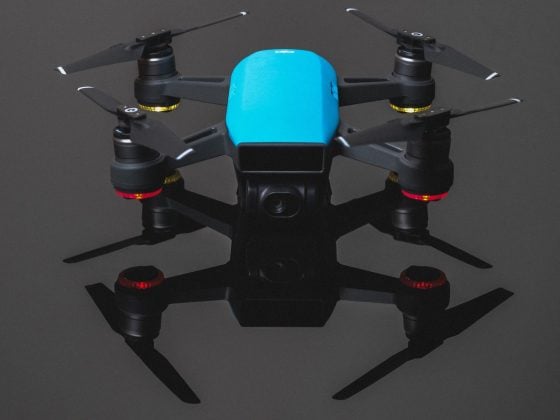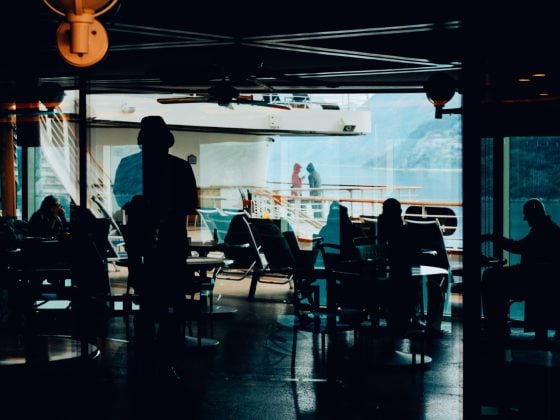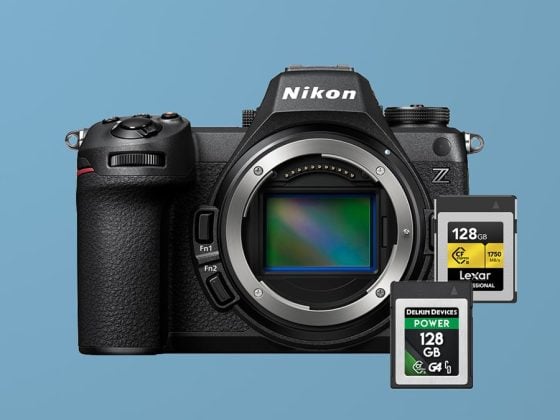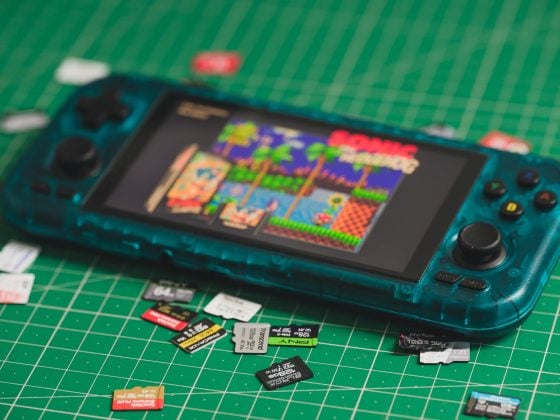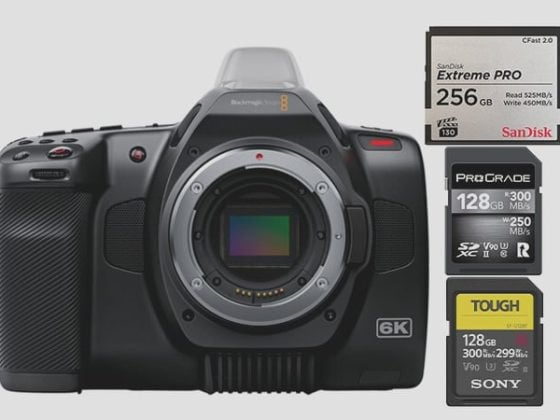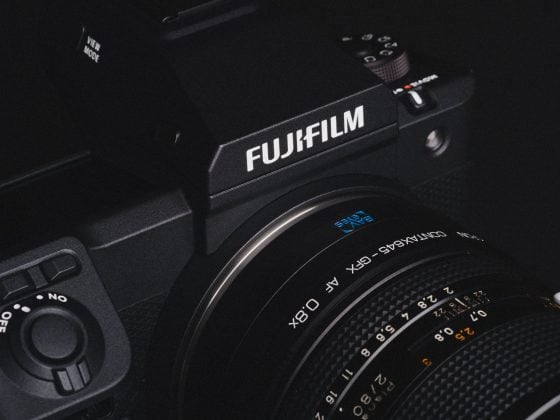A real-world comparison between all the best XQD and SD (UHS-II) memory cards for the Nikon D850. All cards are tested in-camera to see which cards are the fastest and perform the best.
The Nikon D850 can also take CFexpress Type-B Memory Cards which are not tested here.
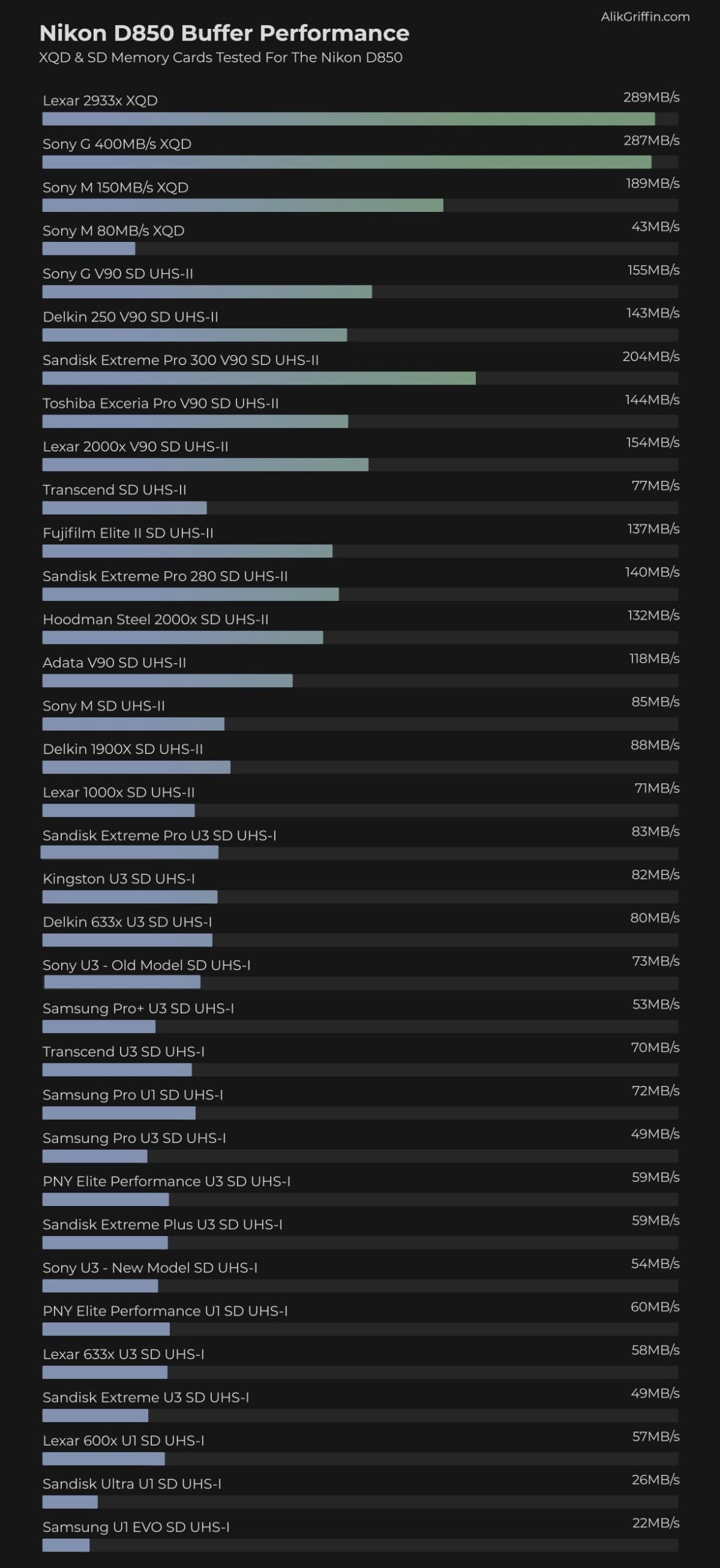
Best CFExpress Type-B Memory Cards – Nikon D850
There aren’t many options for XQD cards out there anymore, but today you can also use CFexpress Type-B Memory Cards. The Nikon D850 doesn’t have the fastest buffer, so won’t need the fastest CFexpress Type-B card if you go that around.
Here is what I recommend.
Lexar Gold CFexpress Type-B card is one of the best midrange card out there, it will allow you to do everything the Nikon D850 has to offer, and also it flawlessly in the Nikon Z9 or Z8 as well.
Lexar Gold CFexpress Type-B Memory Cards
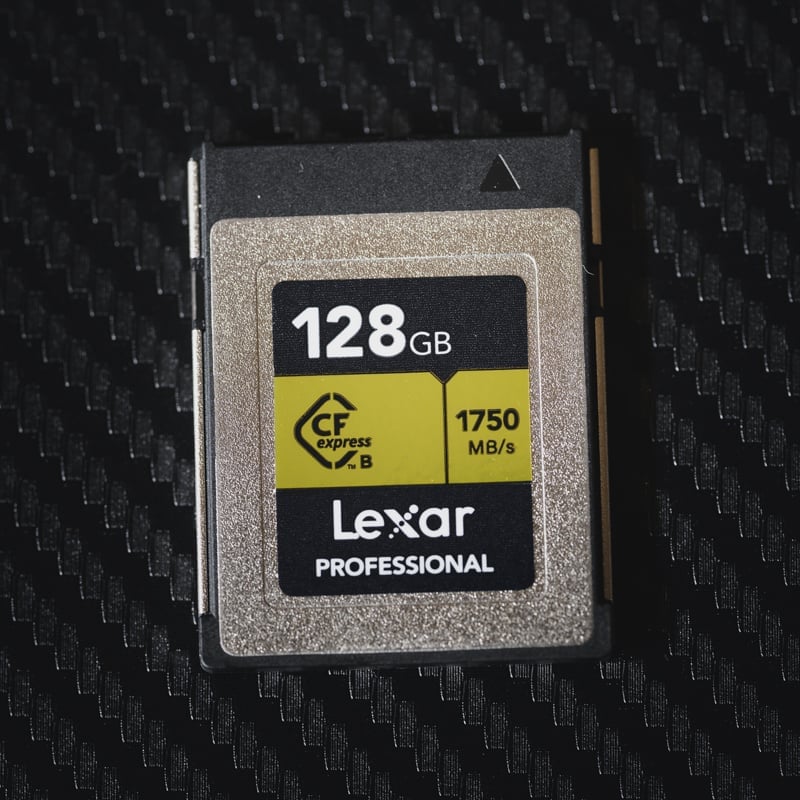
Lexar Gold 128-512GB CFexpress Type B
Tested Write: 1410 MB/s
Tested Read: 1525 MB/s
Tested Sustain: 1382 MB/s
Lexar Gold 1TB-2TB CFexpress Type B
Tested Write Speed: 1642 MB/s
Tested Read Speed: 1695 MB/s
Tested Sustain: 1582 MB/s
Warranty: Limited Lifetime
See Details: Lexar Gold CFExpress Type-B Review
128-256GB
1TB-2TB
Delkin Power is also a great midrange card.
Delkin Power G4 CFexpress Type-B
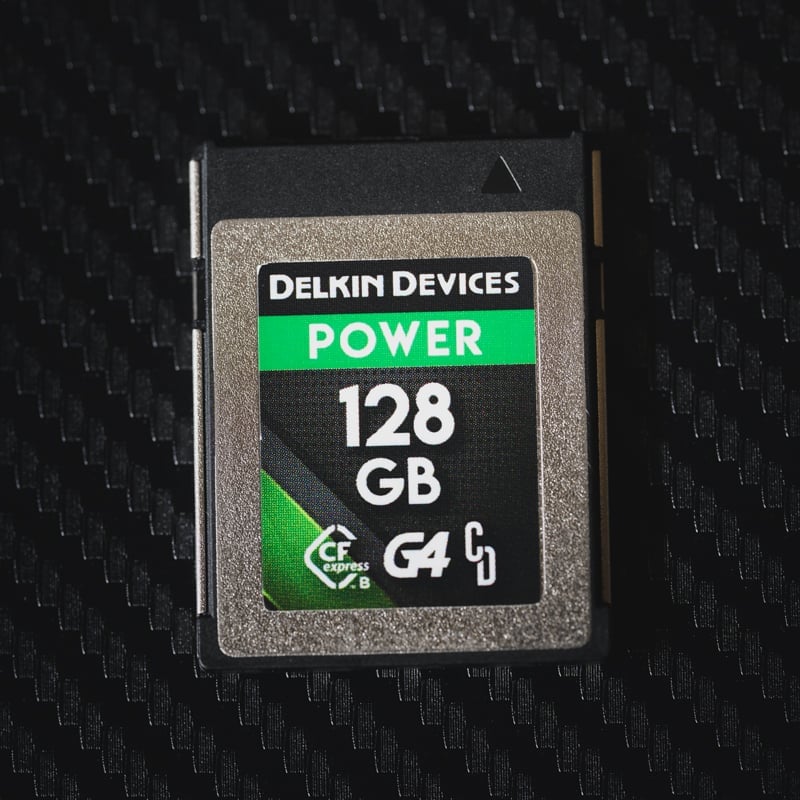
Delkin Power G4 128-512GB CFexpress Type B
Tested Write: 920 MB/s
Tested Read: 1226 MB/s
Tested Sustain: 842 MB/s
Delkin Power G4 650GB-2TB CFexpress Type B
Tested Write Speed: 1588MB/s
Tested Read Speed: 1710MB/s
Tested Sustain: 1507 MB/s
Warranty: Limited Lifetime
See Details: Delkin Power G4 CFExpress Type-B Review
128-256GB
650GB-2TB
The best budget card for the Nikon D850 is the Lexar Silver card. While I say budget, this card is faster than any XQD card and will allow you to use all the features of the D850 perfectly. I would recommend this card if you want to use a memory card only for the D850 and don’t plan to ever upgrade to a faster Z9 type camera.
Lexar Silver CFexpress Type-B
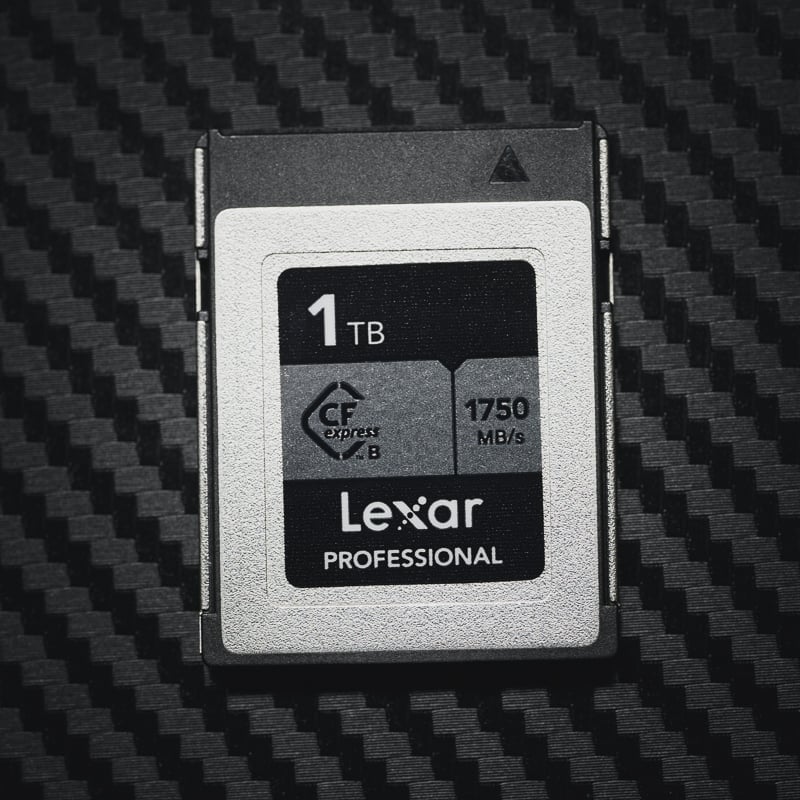
Lexar Silver 128-256GB CFexpress Type B
Tested Write: 749 MB/s
Tested Read: 1719 MB/s
Tested Sustain: 490 MB/s
Lexar Silver 512GB CFexpress Type B
Tested Write Speed: 1141 MB/s
Tested Read Speed: 1624 MB/s
Tested Sustain: 891 MB/s
Lexar Silver 1TB CFexpress Type B
Tested Write: 1661 MB/s
Tested Read: 1732 MB/s
Tested Sustain: 1382 MB/s
Warranty: 10-Year Limited
See Details: Lexar Silver CFexpress Type-B Review
Lexar 128-256GB
Lexar 512GB
Lexar 1TB
Best SD UHS-II Memory Cards – Nikon D850
If you’re shooting with an XQD card in your primary slot, but use an SD card for backup, or shooting with an SD card as your primary, it’s important to have the fastest memory card you can buy so you don’t slow down performance too much. This is where UHS-II memory cards come in.
The Nikon D850 will bottleneck its memory card write speed to the slowest memory card if using a dual memory card setup.
If you’re shooting RAW+JPEG and the JPEG shots are going to slot 2 then performance won’t matter as much, since JPEG files are much smaller and take up less of less bandwidth. However, shooting RAW+JPEG usually slows the write speeds slightly since it requires more processing overall.
These are some of the most popular memory cards with the best performance, Toshiba and Delkin UHS-II cards are also great.
Sandisk Extreme Pro UHS-II SD Memory Cards
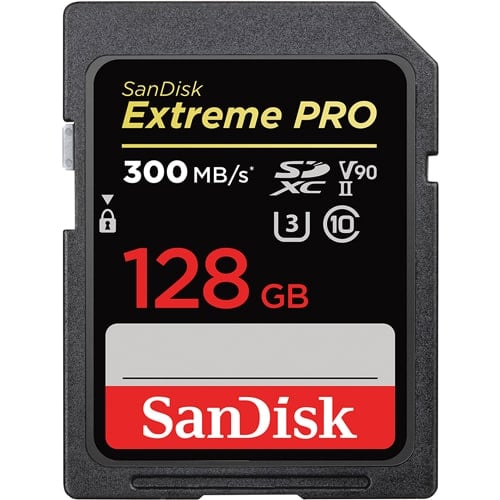
The Sandisk Extreme Pro UHS-II SD is one of the most popular and reliable high-performance v90 memory cards.
Tested Write Speed: 268 MB/s
Tested Read Speed: 293 MB/s
Rated Sustain: 90 MB/s
Nikon D850 Speeds – 204.27 MB/s
See Details: Sandisk Extreme Pro V90 UHS-II Review
Warranty: Limited Lifetime Warranty
Sony Tough UHS-II SD Memory Cards
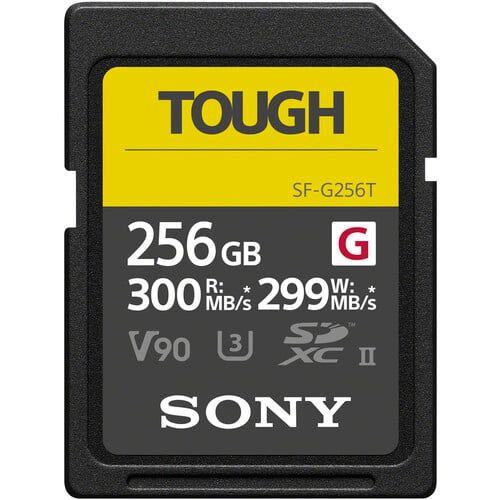
The Sony Tough UHS-II SD memory card has a build and great read and write speeds.
Tested Write Speed: 258 MB/s
Tested Read Speed: 296 MB/s
Rated Sustain: 90 MB/s – 720Mbps
Nikon D850 Speeds – 155.21 MB/s
See Details: Sony Tough V90 UHS-II Review
Warranty: Limited 5-Year Manufacturer Warranty
Lexar 2000x UHS-II 128GB SD Card
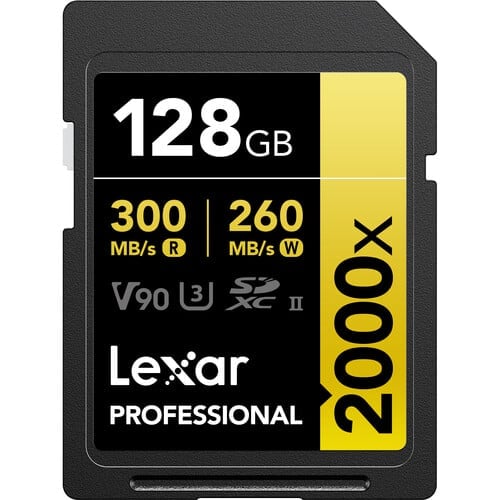
The Lexar Professional 2000x UHS-II SDXC memory card comes in sizes from 32GB to 256GB.
Tested Write Speed: 228MB/s
Tested Read Speed: 256MB/s
Rated Sustain: 90MB/s
Nikon D850 Speeds – 153.54 MB/s
See Details: Lexar 2000x Memory Card Review
Nikon D850 Stats
Sensor: 45.7MP FX-Format BSI CMOS Sensor with EXPEED 5 Image Processor
Auto Focus: 45-Point All-Cross Type AF System
Video: 4K UHD Video Recording at 30 fps
Screen: 3.2″ 2.36m-Dot Tilting Touchscreen LCD
Continuous Shooting: 7 fps
Estimated Buffer Size: 2GB
RAW Uncompressed Shots Until Buffer Fills: 30 – with Lexar 2933x XQD
Time To Clear Buffer: 21.5 seconds
For whatever reason my Transcend UHS-II card didn’t perform well with the second test and I’m not able to retest it as I’m leaving the country. The card is fine, I think it had a bad connection since it performed much better in the previous test – this happens sometimes. Don’t let those numbers scare you. The Transcend UHS-II cards usually perform the same as the Fujifilm cards and is a great card to buy.
XQD read and write speeds with Windows or Mac could potentially see better performance if future card readers took advantage of USB-C or Thunderbolt.
Not All XQD Memory Cards Perform the same
While I’m not recommending XQD memory cards anymore, there are a few things to know.
Older XQD memory cards or XQD 1.0 cards are much slower at read and write speeds. The newest and fastest XQD type cards or XQD 2.0.
Sony designates their fast cards as G cards and their slower cards as M cards. M cards are slightly slower at write speeds but are a less expensive alternative for 4k videographers who don’t need the high write speeds of the G cards, which are suited more for burst photography.
Lexar does what they always do by listing a speed rating. In this case, it’s 2933x. That is the fastest Lexar XQD card right now.
If you’re looking to get the best performance out of your Nikon D850, then you’ll want to get these new Sony G cards or the 2933x.
XQD vs. UHS-II Memory Cards In The Nikon D850
To compare XQD cards to UHS-II cards there are a few things to talk about.
First, XQD cards are faster, by about 100MB/s based on the rated speed and it shows in these tests.
XQD cards are bigger but not by a lot. They also feel more rugged, almost like mini CF cards. They don’t have pins on the back rather they function more like an old Nintendo cartridge.
Shooting 4k Video With The Nikon D850
The Nikon D850 defaults to formatting memory cards to 32bit. I’m not sure if larger cards get formatted to exFat like with the Canon 5D IV, but this does cause some problems with video shooters. With a 32-bit memory card, file sizes will be broken up into 4GB chunks. You can get around this in the Canon 5DIV by manually formatting the cards to exFat before inserting them into your camera.
How I Perform The Tests
Testing UHS-II Cards
I test the USB 3.0 read and write speeds of the UHS-II and UHS-I SD cards using sequential tests with Crystal Disk in Windows 10.
With Crystal disk you have many options, I use two of these options, either Seq Q32T1 or Seq.
With UHS-II cards, some cards perform better with Seq, like ADATA, Fujifilm, Delkin, and Transcend, other cards perform better with Q32T1. I take whichever is faster and list that in my data.
To test UHS-II Cards, I used the Lexar SR2 UHS-II memory card reader. It’s the fastest based on my UHS-II memory card reader comparisons.
Testing XQD Memory Cards
Windows 10 and Crystal Disk do not give me good results when testing XQD cards (even with the latest drivers), so I switched to OSX and the AJA System Test, which is vastly superior to the BlackMagic test.
To test the XQD cards, I use the Sony XQD USB Adapter.
Best Memory Cards Nikon D850 | Bottom Line
There aren’t a lot of options for XQD memory cards and the choice is fairly straightforward. Sony or Lexar.
Since Micron announced it was terminating Lexar, it may be better to just stick with Sony for now so that you don’t run into any warranty issues with Lexar in the future. Although, I believe Sony only offers a 1-year warranty on their cards anyway, but knows, maybe Micron will sell Lexar and it will stay a productive company.
In terms of SD cards, you still need to buy the best and fastest card possible. The fastest SD cards (UHS-II) are almost always the Sandisk Extreme Pro or Lexar 2000x, but Toshiba, Delkin, and Sony UHS-II cards are also a great buy for the Nikon D850.
I recommend you use UHS-II and XQD cards in the Nikon D850 to get the best performance out of your camera.
| **This website contains affiliate links. We will earn a small commission on purchases made through these links. Some of the links used in these articles will direct you to Amazon. As an Amazon Associate, I earn from qualifying purchases. |

